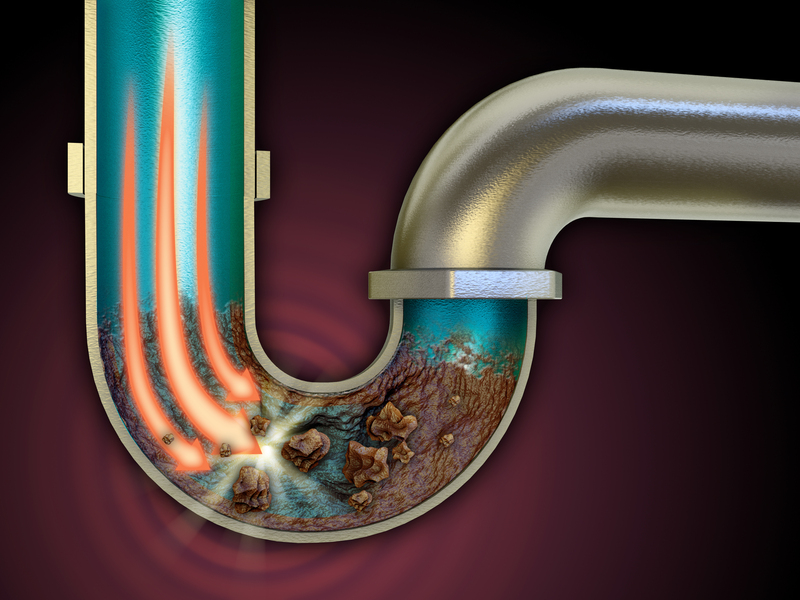Carpets are an essential part of home d?cor, providing both aesthetic appeal and functional comfort. However, maintaining them can be challenging, especially if you're unsure about the optimal cleaning schedule. This comprehensive guide will walk you through everything you need to know about carpet care and cleaning schedules to ensure that your carpets remain in top condition for years to come.
The Importance of Regular Carpet Cleaning
Carpets tend to accumulate dust, dirt, allergens, and even microbes over time. This not only affects their appearance but also their longevity and your indoor air quality. Regular cleaning helps to:
1. Extend Carpet Lifespan: Dirt and particles act like sandpaper, breaking down carpet fibers over time. Regular cleaning removes these abrasives, extending your carpet's life.
2. Improve Indoor Air Quality: Carpets can trap dust, allergens, and other pollutants, which can affect your indoor air quality. Proper cleaning helps to remove these contaminants.
3. Maintain Appearance: Regular vacuuming and professional cleaning prevent your carpet from looking worn and dingy.

Vacuuming: The First Line of Defense
Vacuuming is the simplest and most effective way to keep your carpet clean on a day-to-day basis. How often you need to vacuum can depend on several factors including foot traffic and whether you have pets.
Low Traffic Areas
For areas such as guest rooms or formal living rooms that don't see much foot traffic, vacuuming once a week is generally sufficient.
Moderate Traffic Areas
Spaces like bedrooms, dining rooms, and hallways should be vacuumed twice a week to keep them fresh and clean.
High Traffic Areas
Places like entryways, family rooms, and kitchens tend to accumulate dirt quickly. These areas should be vacuumed at least three times a week or even daily if you have children or pets.
Spot Cleaning: Immediate Action
Despite your best efforts, spills and stains are inevitable. Immediate spot cleaning is crucial to prevent permanent staining. Here's how to handle common types of stains:
Water-based Stains
For spills like juice, soda, or coffee, blot the stain with a clean cloth. Apply a mixture of water and mild detergent, blot again, and then rinse with water.
Oil-based Stains
For greasy spills, such as from makeup or food, use a dry cleaning solvent. Apply it to a cloth and blot the stain, then rinse with a mixture of vinegar and water.
Pet Stains
Remove as much of the solid waste as possible. Use an enzyme cleaner specifically designed for pet stains to break down the organic material and prevent odor.
Professional Cleaning: A Must-Do
While regular vacuuming and spot cleaning are essential, they are not enough to maintain your carpet's overall health. Professional cleaning deep-cleans the carpet fibers, removing embedded dirt and rejuvenating the pile.
Frequency of Professional Cleaning
The frequency of professional cleanings depends largely on lifestyle and traffic levels. As a general rule:
- Low Traffic Homes: Professional cleaning once every 12 to 18 months.
- Moderate Traffic Homes: Once every 6 to 12 months.
- High Traffic Homes: Every 3 to 6 months.
Types of Professional Cleaning
Several methods are available for professional carpet cleaning. Here's a quick overview:
Steam Cleaning
Also known as hot water extraction, steam cleaning involves spraying hot water mixed with a cleaning solution onto the carpet. The mixture is then vacuumed up, along with the dirt. This method is highly effective for deep cleaning but requires significant drying time.
Dry Cleaning
In this method, a cleaning powder or solution is sprinkled onto the carpet and then worked in with a machine. The powder absorbs dirt and is then vacuumed up. This method is quicker and requires less drying time.
Shampooing
This involves a foamy cleaning solution applied to the carpet, which is then agitated with a brush and vacuumed up after the solution has had time to absorb the dirt. It's effective for deep stains but may leave behind some residue.

Preventative Measures for Carpet Care
To extend the period between cleanings and help maintain your carpet, consider implementing some preventative measures.
Use Rugs and Runners
Place rugs and runners in high-traffic areas to reduce wear and tear on your carpets. These can be easily cleaned or replaced.
Remove Shoes
Encourage family members and guests to remove their shoes before entering your home. This will significantly reduce the amount of dirt and pollutants that get tracked in.
Regularly Rearrange Furniture
Regularly moving your furniture can prevent crushing and indentations on your carpet. Rotate your furniture to ensure the carpet wears evenly.
Conclusion: Customize Your Cleaning Schedule
Carpet care is not a one-size-fits-all scenario. Your carpet cleaning schedule should be tailored to your home's specific needs, considering factors like traffic levels, the presence of pets and children, and your lifestyle. By combining regular vacuuming, immediate spot cleaning, periodic professional cleaning, and preventive measures, you can ensure that your carpets remain beautiful and functional for years to come. Embrace these practices, and you'll not only enjoy cleaner carpets but also a healthier home environment.
By customizing your cleaning schedule and adhering to these tips, you can keep your carpets looking fresh, extend their lifespan, and contribute to a cleaner, healthier living space.



